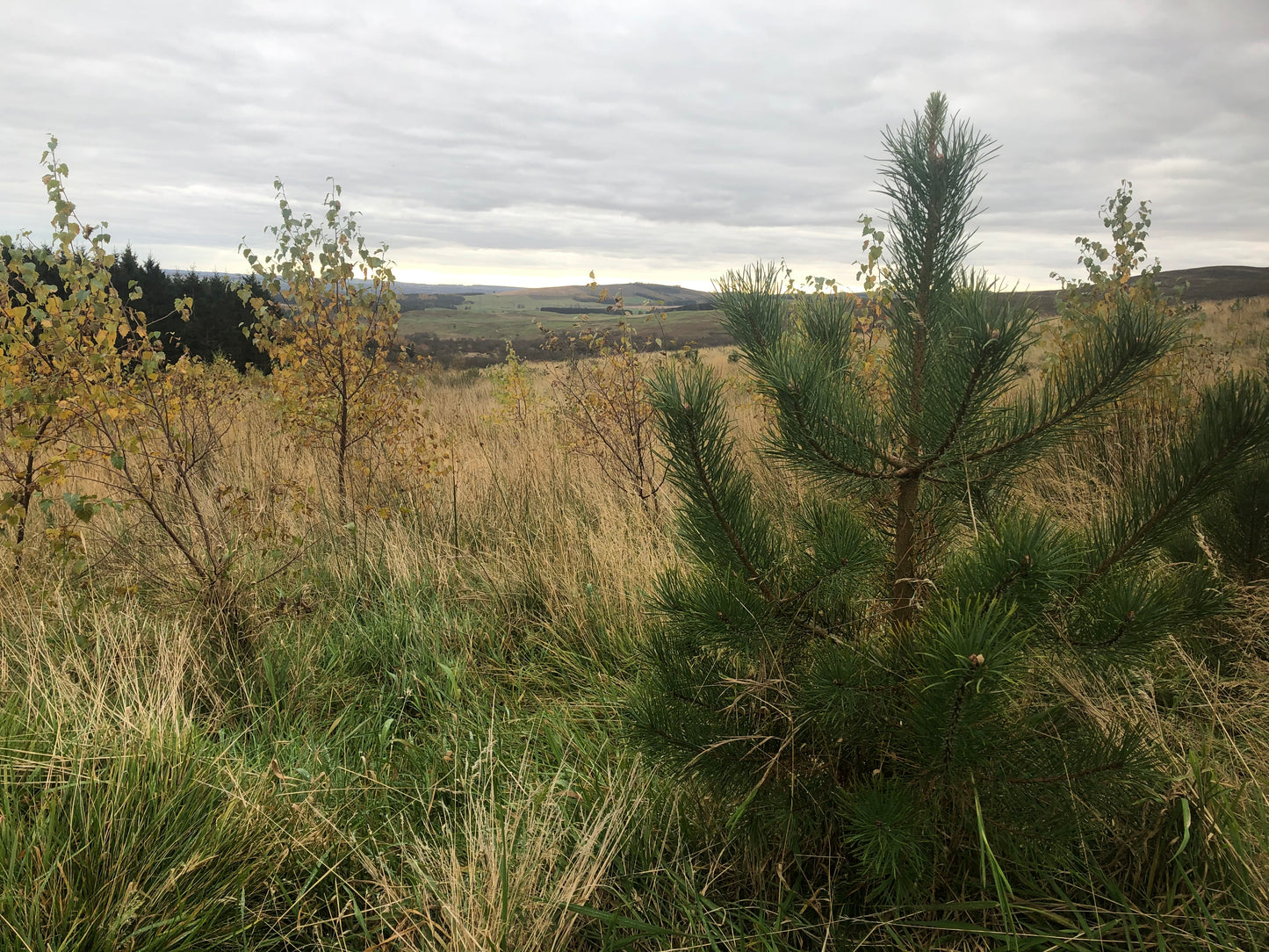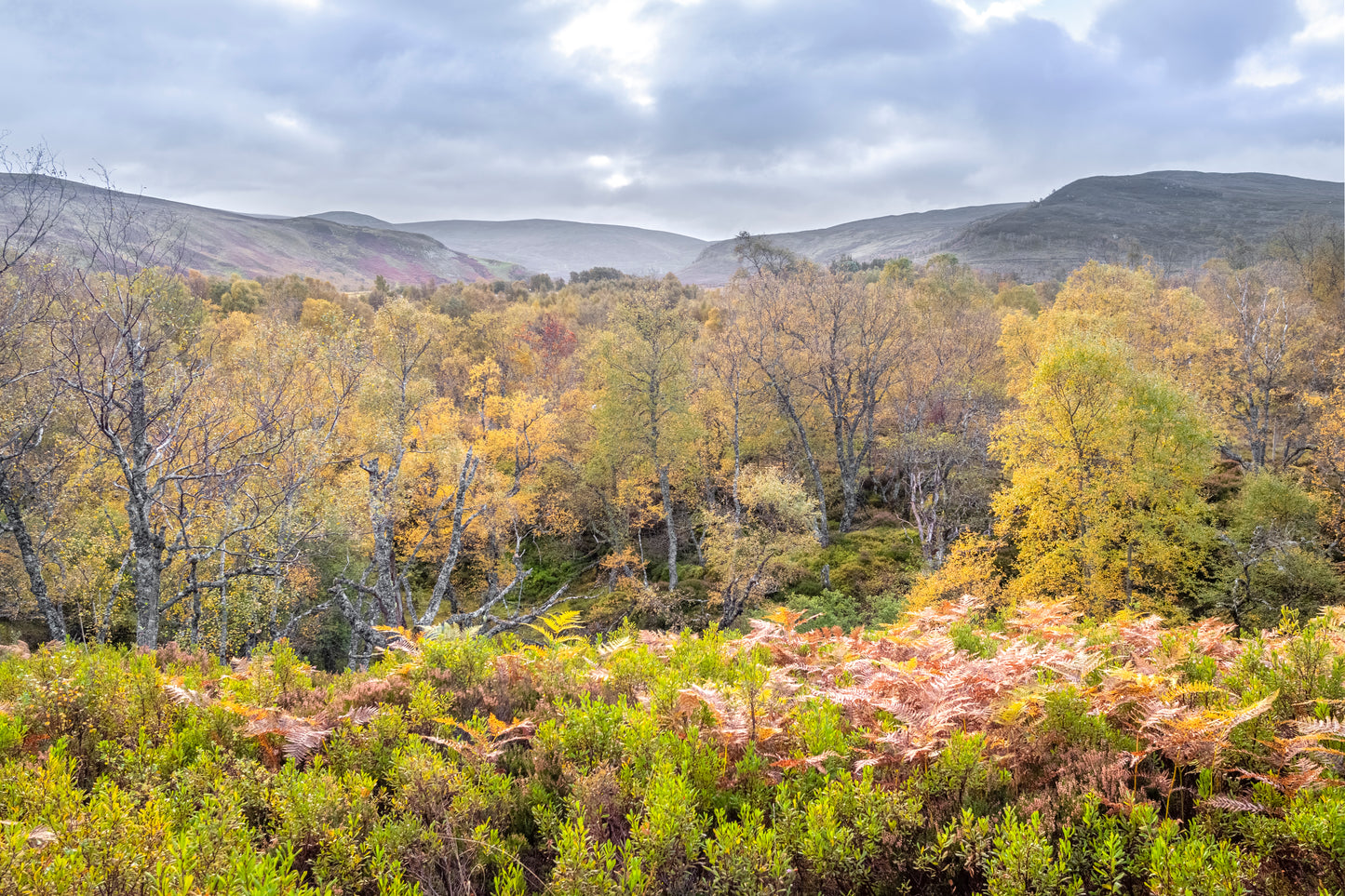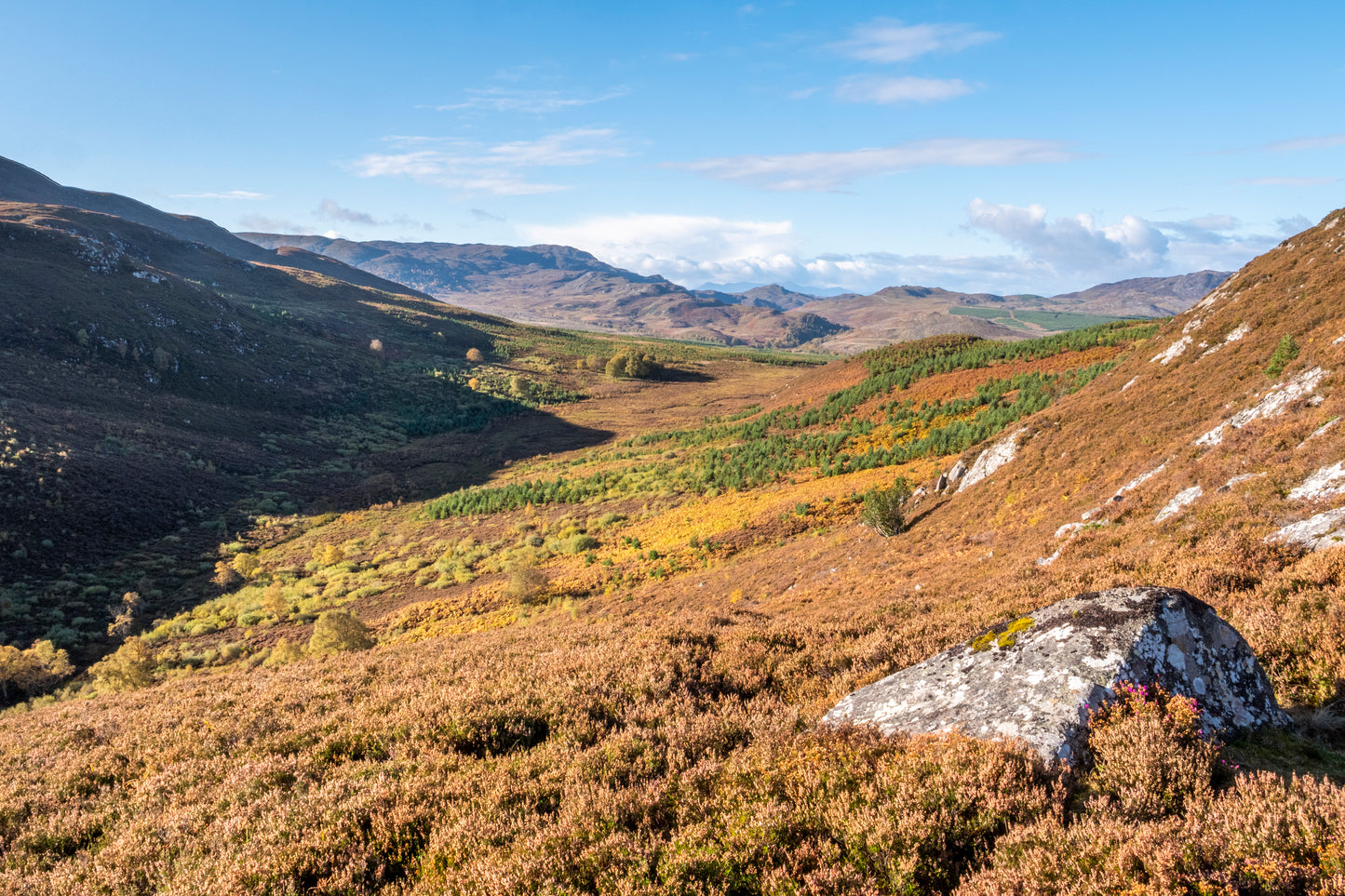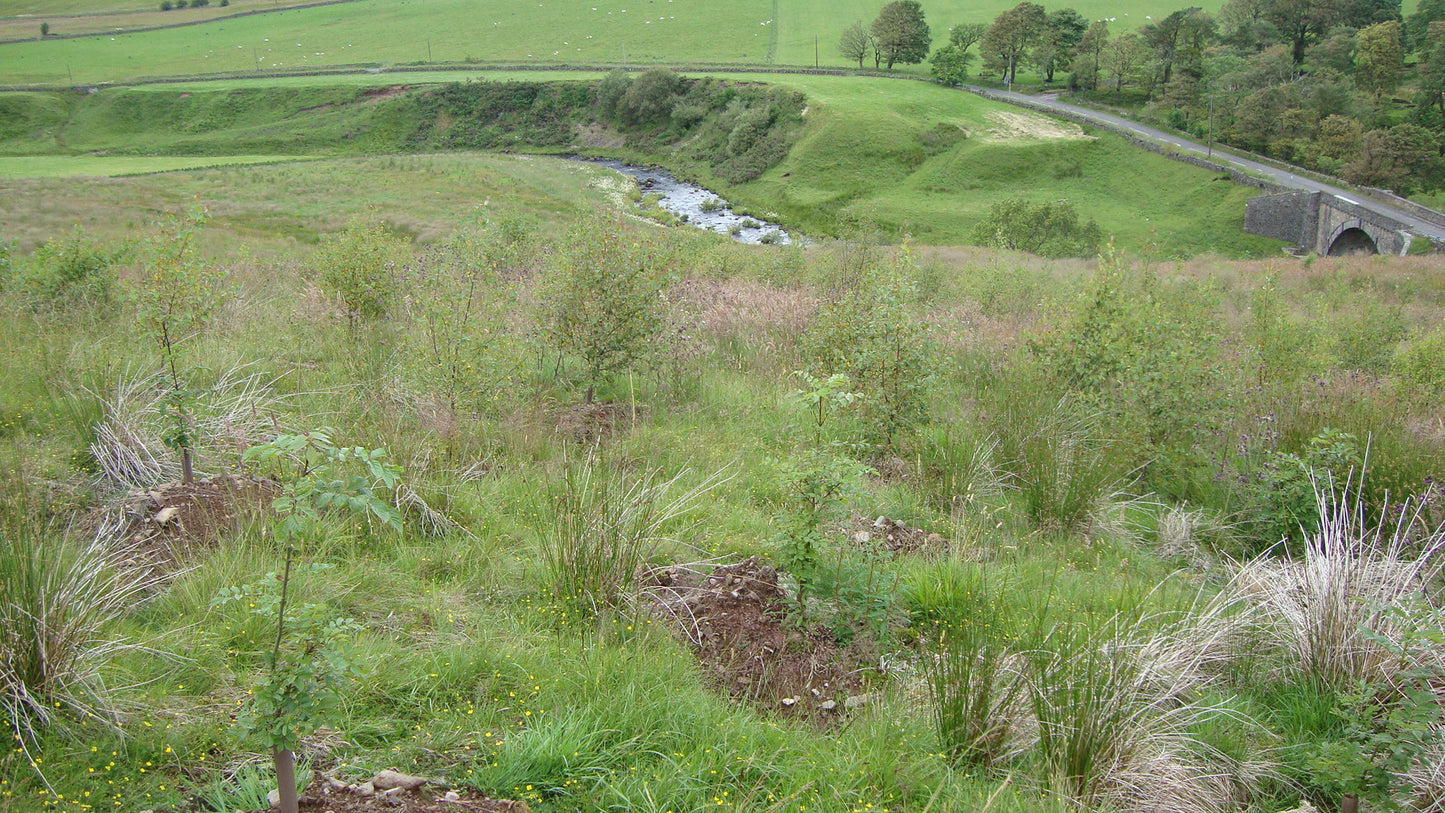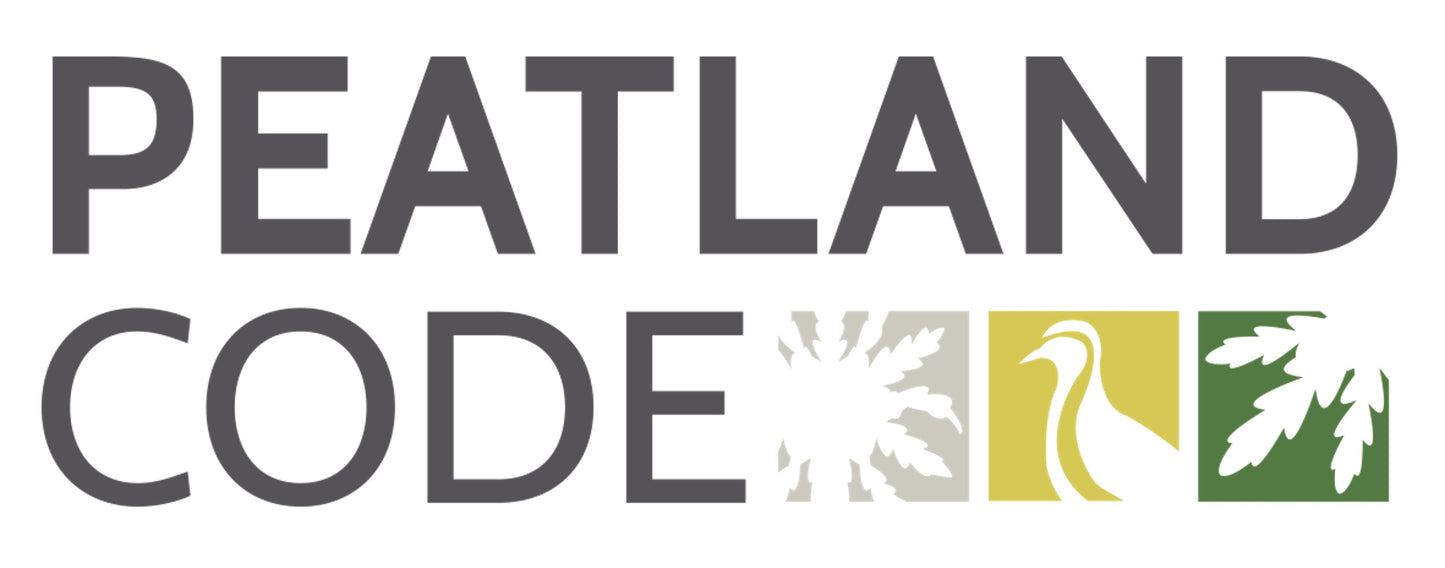Climate Impact Partners Carbon Credit Store
UK Nature Restoration
UK Nature Restoration
Couldn't load pickup availability
Investing in woodland and peatland restoration is an innovative project opportunity to fund vital early-stage restoration efforts in the UK. Through the Woodland Carbon Code and Peatland Code, carbon funding is used alongside traditional public funding to provide cost-effective woodland and peatland restoration and ensures projects are managed and maintained over the long term.
Almost everyone knows the benefit of woodland restoration, but peatland restoration is even more impactful as nearly 30% of all soil carbon stocks are stored in peatlands that cover only 3% of the earth’s surface, and the UK is a hotspot for peatland restoration.
For those looking to secure future supply of carbon removals, ex-ante credits can be a smart way to move up the carbon value chain by owning a credit that will deliver verified ex-post removals through the project’s lifetime. Pending issuance units (PIUs) are issued at the start of a project, representing the expected lifetime carbon removals, to secure upfront funding and then upon successful verification of project activities, those PIUs are converted into carbon removal credits that can be retired to support a net zero claim.
An example of one of the projects your purchase will support is UK Forest Creation Portfolio, UK verified under the UK's Woodland Carbon Code (WCC).
Challenge: The UK is one of the least forested countries in Europe at 12% forest cover. The Scottish Highlands are considered an Endangered Landscape, one of eight in all of Europe, according to the Cambridge Conservation Initiative. In Scotland, less than 1% of the once vast old growth, Caledonian Forest remains.
Solution: The project has planted three new woods east of the Trossachs National Park in Scotland with mixed conifer and deciduous trees in a natural planting scheme, rather than a linear matrix. These commercial pine woodlands are almost 200 hectares of forest for sustainable harvesting and replanting.
Impact: The 500,000 new trees include: 20,000 native broadleaves, 87,000 Norway spruce, 36,000 Scots pine, 340,000 Sitka spruce and 2,000 Noble fir. Linking existing forests creates wildlife corridors, diverse feeding areas and shelter belts for rare and endangered species such as eagles, Scottish wildcats, pine martens, red squirrels, dunlin, golden plovers and many more.
Share
